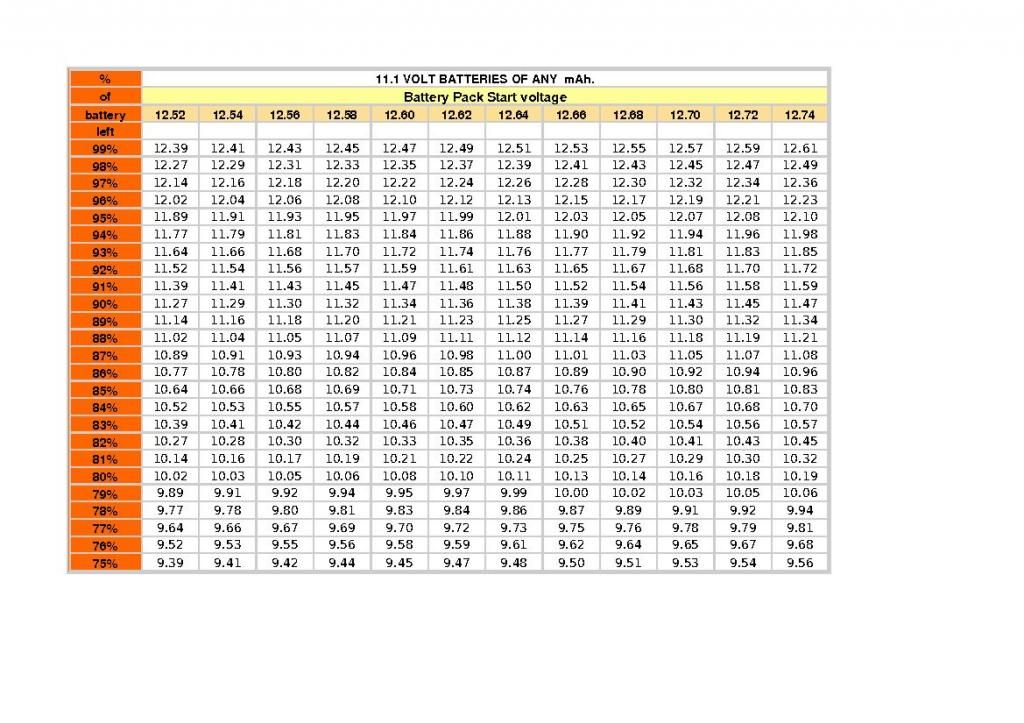I've recently bought the FC40 and would like some advice on Battery warnings.
Behind my house runs a quiet railway line in a cutting and behind that open fields, so I could make some good flights straight from my back garden without getting too near other houses. However I'm concerned that if the FC40 runs out of power on the way home it might end up landing on the railway line with a train coming! :?
When you get the first level battery warning, how long is it before the second level warning is triggered and the FC40 starts to auto land?
Also after the second level warning I understand you can still fly the FC40 but the left stick is reduced to the 90% position. If you continue to fly, how much time is there before the battery completely runs out? Would 2 minutes be a good guess?
(I know that ideally the battery should not be discharged below 80%, so running it flat would damage it. However in an emergency this is better than losing the quadcopter).
Finally could anyone recommend a digital timer to attach to the transmitter or a way of monitoring battery power in real time?
Thanks
Behind my house runs a quiet railway line in a cutting and behind that open fields, so I could make some good flights straight from my back garden without getting too near other houses. However I'm concerned that if the FC40 runs out of power on the way home it might end up landing on the railway line with a train coming! :?
When you get the first level battery warning, how long is it before the second level warning is triggered and the FC40 starts to auto land?
Also after the second level warning I understand you can still fly the FC40 but the left stick is reduced to the 90% position. If you continue to fly, how much time is there before the battery completely runs out? Would 2 minutes be a good guess?
(I know that ideally the battery should not be discharged below 80%, so running it flat would damage it. However in an emergency this is better than losing the quadcopter).
Finally could anyone recommend a digital timer to attach to the transmitter or a way of monitoring battery power in real time?
Thanks








